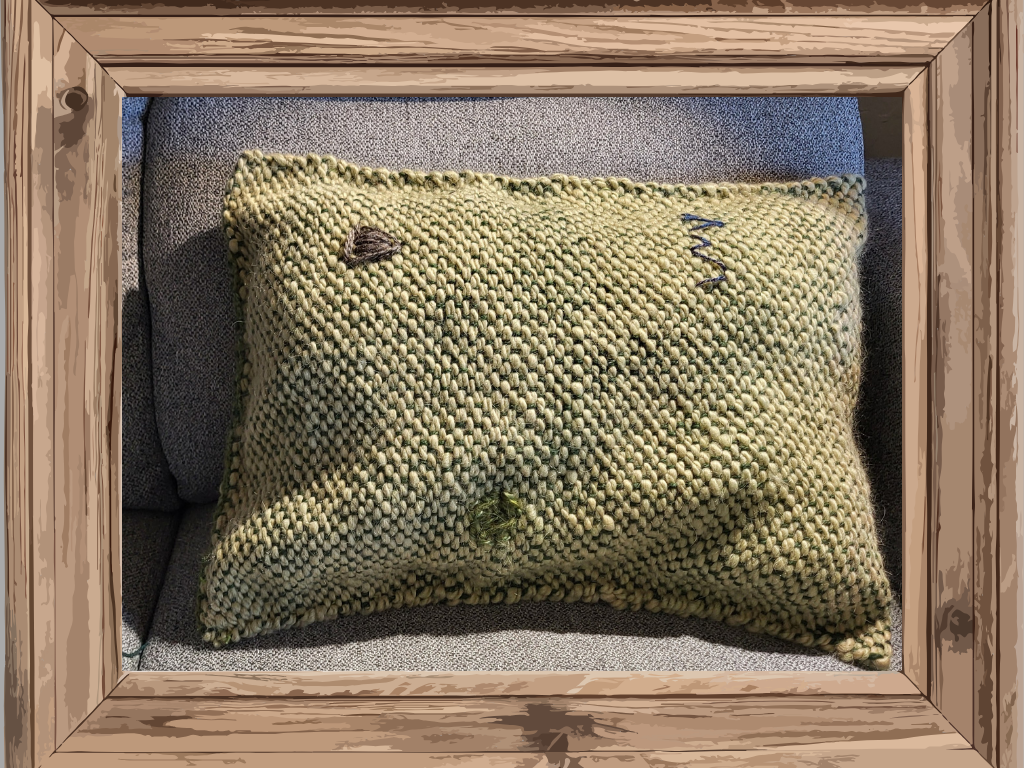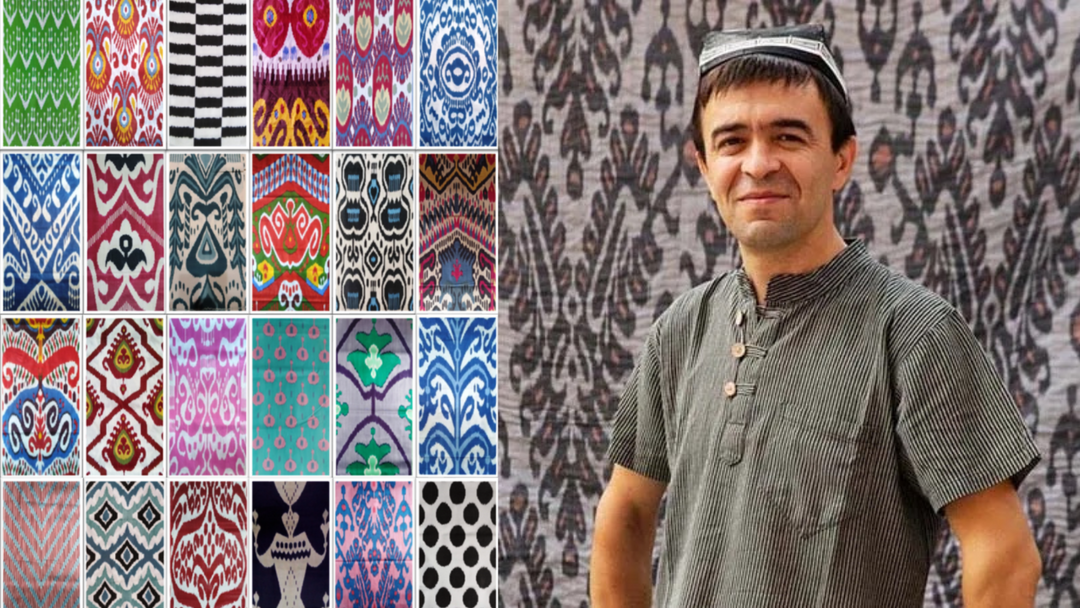World Heritage is the designation for places on Earth that are of outstanding universal value to humanity and as such, have been inscribed on the World Heritage List to be protected for future generations to appreciate and enjoy. The UNESCO World Heritage Committee has named 42 new sites to UNESCO’s World Heritage List. The newly inscribed properties were announced during the 45th session of the World Heritage Committee being held from Sept. 10 to 25 in Riyadh, Saudi Arabia.
Of the 50 “candidate sites” being considered, one of the candidates that made the final cut was a big chunk of the ancient Silk Road (always referred to as the “Great Silk Road” in Central Asia) that winds its way through Central Asia. There are 31 separate sites in three countries (Tajikistan, Uzbekistan and Turmenistan) identified along the 866 kilometer length of the “Zarafshan-Karakum Corridor.” Many of the HoonArts artists continue to live and work along the Corridor today.

The UNESCO summary describes the Corridor as follows:
The Zarafshan-Karakum Corridor is a key section of the Silk Roads in Central Asia that connects other corridors from all directions. Located in rugged mountains, fertile river valleys, and uninhabitable desert, the 866-kilometre corridor runs from east to west along the Zarafshan River and further southwest following the ancient caravan roads crossing the Karakum Desert to the Merv Oasis. Channelling much of the east-west exchange along the Silk Roads from the 2nd century BCE to the 16th century CE, a large quantity of goods was traded along the corridor. People travelled, settled, conquered, or were defeated here, making it a melting pot of ethnicities, cultures, religions, sciences, and technologies.
The Silk Roads: Zarafshan-Karakum Corridor starts in the east in Khisorak in the northern Sughd province in the Republic of Tajikistan and ends in the west in Kushmeihan in Mary province in Turkmenistan. Along its journey, it crosses seven geographical zones: the highland zone, piedmont zone, plains zone, artificial irrigation zone, oases zone, wormwood-steppe zone and desert zone.
We put together this short video to whisk you through a journey along the route of the Zerafshan-Karakum Corridor, from the mountains of Tajikistan at the eastern end, through Uzbekistan, crossing the Karakum Desert and the caravanserai along the way in Turkmenistan, and finally ending in the Merv Oasis at the western end. It includes a small selection of photos of some of the 31 separate sites included in the Corridor, to whet your appetite for exploring the Great Silk Road as it crossed Central Asia.
What makes this Corridor even more intriguing is its association with five previously listed World Heritage properties that have strong ties to the Silk Roads: Zarafshan-Karakum Corridor. These properties, while not included as component parts of the World Heritage nomination, significantly contribute to its historical context. These include the Samarkand-Crossroad of Cultures and the Historic Centre of Bukhara in Uzbekistan, and the Ancient Merv State Historical and Cultural Park in Turkmenistan. Samarkand has been a major city in this region since the 6th century BCE and Merv and Bukhara since the 3rd century BCE. All three of these sites possess archaeological remains from pre-Islamic periods as well as outstanding architectural monuments of the Muslim period.
Likewise, in Uzbekistan, the World Heritage property Historic Centre of Shakhrisyabz, medieval Kesh, is also profoundly related, but it is located far south of the Corridor. In Tajikistan, the Proto- urban site of Sarazm, located just a few miles from the Corridor site of Ancient Penjikent, was not included as it belongs to an older historical period.
From the 2nd century BCE to the end of the 16th century, the functioning period of the Silk Road, the Zarfshan-Karakum Corridor saw three vital periods of prosperity. The first period, from the 5th century to the 8th century, saw the emergence of the Sodgdian culture. Under Hephthalite, Turk, Chinese and Arab rule, Central Asian merchants, particularly the Sogdians, rose to prominence as key intermediaries in the international silk trade. The Sogdians were often referred to as the “Phoenicians of the Silk Road” by the 20th century scholars. Sogdians also developed a unique sophisticated culture in their motherland in and near the Zarafshan valley.
The second period of prosperity in the region occurred between the 10th century and the 12th century, the period of the Samanids and later pre-Mongol dynasties. In this period cities and urban culture in Maverannahr, Transoxiana, actively developed and traded with the main Muslim population centers and beyond.
The last prosperity period, from the 13th century to the 17th century, was the time of Mongols, Chaghataids, Timurids and Sheibanids. This period saw significant development of science, culture, urban planning and economics.
The individual sites included in the Zarafshan- Karakum Corridor designation are principal examples of several outstanding characteristics of the history, economy, culture and art of Central Asia during the relevant historic periods. These component parts include an outstanding selection of long-lived cities; early Sogdian monuments; Sogdian cities, fortifications and palaces, and artworks; Sogdian sites in hostile mountain environments; sites during the Muslim conquest and Islamization; Islamic cities; Pre-Mongol and Post-Mongol architectural monuments; sacred sites; Muslim Sufi necropolises; water-management systems; infrastructure and facilities along the roads; and sites sustaining economic interactions between East and West.
This corridor served as an integral system facilitating the exchange of goods, ideas, and influences between Eastern and Western cultures along the Silk Roads from the 2nd century BCE to the 16th century. The Corridor also reflects the role the region played in the spread of various faiths and religious beliefs among the peoples inhabiting these territories.
Literary plots of Sogdian monumental arts, sites related to different religions, in particular the development of Sufi Islamic mysticism, as well as handicrafts, arts and scholarship in Islamic cities are outstanding examples.
The Corridor presents an interaction of cultural dialogue and tolerance of society which is still inherent in modern Central Asia. The remnants of ancient beliefs and practices, clearly indicating the continuity of the living cultural traditions of the region can be seen in the customs and traditions of modern people in music culture, folk festivals, religious and ritual practices.
One of the most exciting aspects of the Silk Roads: Zarafshan-Karakum Corridor is that it is jointly managed by all three countries under a 2020 Agreement among the Ministries of Culture of each country for common promotion, management and protection of the component parts of the Corridor. The international committees, together with the local authorities, provide the necessary tools and training to the managers and inspectors and encourage research and joint activities for the protection and promotion of the Silk Roads Corridor.
I was fortunate to be able to visit one of the component parts of the Corridor during our fall 2022 tour to Central Asia: Ancient Panjikent, which lies at the edge of the modern town of Panjikent, about an hour’s drive east of Samarkand. We visited the site of Ancient Panjikent at sunset, and were able to wander its quiet deserted pathways and hear the imagined echoes of the bustling center of art and commerce of ancient times. When I checked my photo bank, I discovered that I didn’t come home with any photos of Ancient Panjikent, I think because I contented myself with listening to the modern silence and imagining the past.

Town of Ancient Penjikent. Aerial view
Author: IICAS
Copyright: © IICAS
The current site at Ancient Panjikent looks, to the uninitiated, like little more than dirt pathways and crumbling, half-exposed walls. This minimal display, however, is consistent with modern archeological conservation practices which purposely do not leave excavations exposed to the elements.
The excavation work at Ancient Panjikent, however, revealed many fabulous and colorful murals dating from the late 5th to early 6th centuries, demonstrating the cosmopolitan life of the Soghdian elites. Many of these murals are now on display at The Hermitage in Saint Petersburg and the National Museum of Antiquities of Tajikistan. (Since the 1990’s and Tajikistani independence, all archeological discoveries must remain in Tajikistan, even though foreign archeologists, including many Russian teams, continue to study the site.)

Mural from Ancient Panjakent on display at the Hermitage Museum in St. Petersburg, Russia.
For more information about and images of the murals of Ancient Panjakent, you might enjoy reading Panjikent, The Central Asian Pompei and Ancient Town of Panjakent
We look forward to visiting the Zerafshan-Karakum Corridor again in the spring of 2024, on our next HoonArts tour to Tajikistan and Uzbekistan. We’ll be announcing details of the tour very soon. To get on the waiting list to receive the latest information, please click here.
As we leave one of the world’s latest World Heritage sites, I’ll leave you with some images captured as we traveled along the Zerafshan River, the lifeblood of the Corridor.







Leave a comment